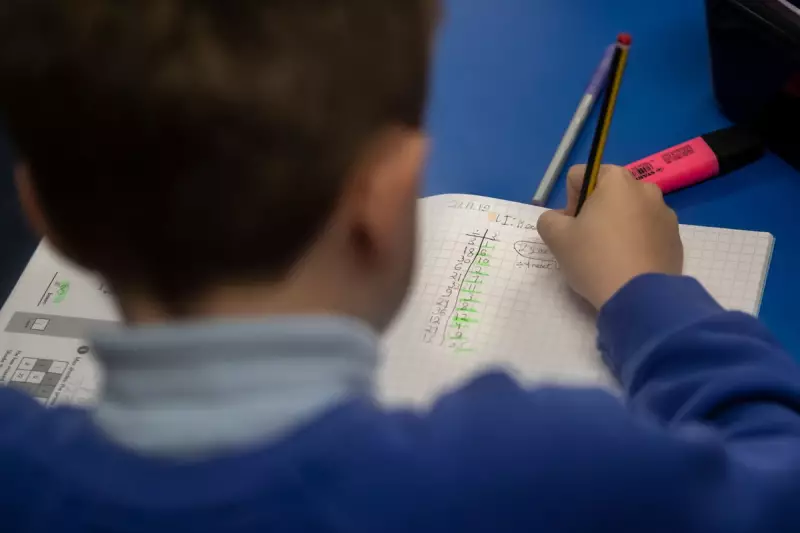
The annual academic reckoning has arrived for hundreds of thousands of students across England, Wales, and Northern Ireland. Today's GCSE results reveal a definitive and expected trend: the proportion of top grades has fallen for the second consecutive year, marking a deliberate return to pre-pandemic grading standards.
This year's results show that 21.6% of UK GCSE entries were awarded the top grades (7/A or above), a significant drop from 22.4% in 2023 and a stark contrast to the peak of 28.9% in 2021. The return to 2019 benchmarks by exam regulators means results now closely mirror those from the last pre-Covid cohort.
A Regional Divide in Academic Achievement
Digging deeper into the data uncovers a troubling geographic disparity. Students in London and the South East have significantly outperformed their peers in other regions, exacerbating the longstanding attainment gap across England. This pattern suggests that the recovery from pandemic learning disruption has been uneven, with some areas benefiting from more robust support systems.
Understanding the Grading Reset
Exam regulators Ofqual have been transparent about their strategy. The two-year transition period to bring grading back in line with 2019 levels is now complete. This means that a grade 4 in 2024 represents the same level of achievement as it did five years ago, providing consistency for employers and further education institutions.
"We are now truly back to pre-pandemic standards," stated a senior Ofqual official. "This year's students should be incredibly proud of their achievements, knowing their results carry the same value as those from before the extraordinary period of teacher-assessed grades."
Celebrating Resilience and Looking Ahead
Despite the overall dip in top grades, education leaders are urging students to celebrate their hard-earned accomplishments. These results represent two years of diligent study under more normalised, yet still challenging, circumstances. The focus now shifts to the next steps, with students receiving guidance on A-level choices, apprenticeships, and other post-16 pathways.
As the education system continues to stabilise, these results provide a crucial baseline for measuring future achievement and addressing the persistent regional inequalities that the pandemic has brought into sharp relief.





